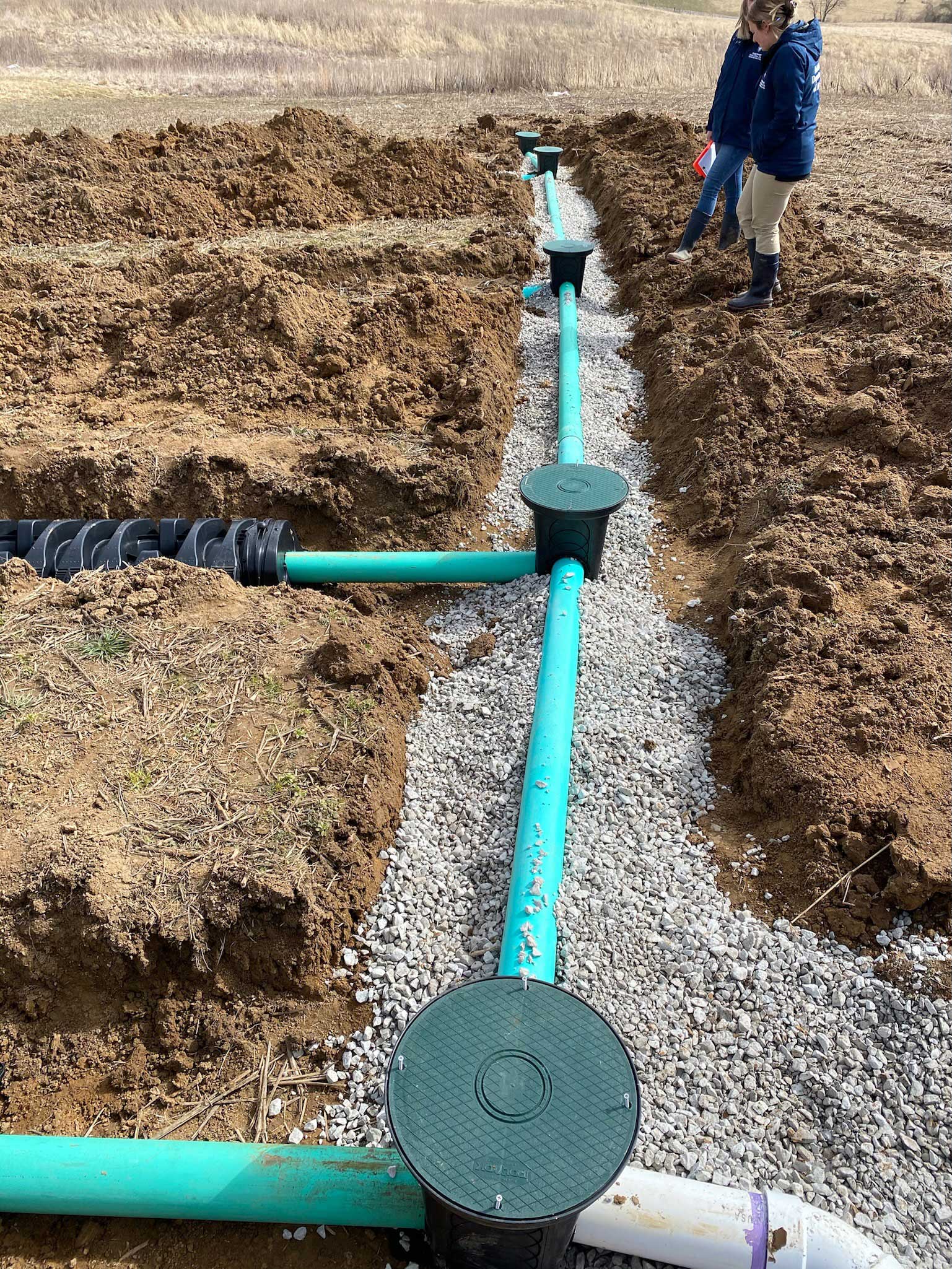Industrial Lancaster Trenching - Trenching Solutions for Services in Lancaster
Industrial Lancaster Trenching - Trenching Solutions for Services in Lancaster
Blog Article
Comprehensive Excavation Methods: Mastering the Principles for Success
In the world of building and civil design, the relevance of reliable excavation strategies can not be overemphasized. The careful planning, precise implementation, and careful focus to information needed in excavation jobs require a thorough technique that incorporates different basic aspects. From first dirt analysis to the execution of precaution and regular progression monitoring, understanding these core components is vital for accomplishing success in any excavation undertaking. The real mastery exists not just in recognizing these principles however in perfectly incorporating them to navigate the intricacies of excavation tasks with skill.
Comprehending Excavation Task Preparation

Successful excavation projects are built on the foundation of comprehensive and thorough planning. The first stage of any type of excavation job is the drawing board, where vital choices are made that can substantially influence the result of the task. During this stage, it is important to collect all relevant info about the website, including topographical studies, dirt structure, and any potential hazards that might exist. Understanding the project scope, timeline, and budget restrictions is critical for developing a thorough excavation plan that makes sure the project's success.
One key facet of excavation task preparation is the growth of an in-depth timeline that outlines the series of turning points, tasks, and target dates. By meticulously taking into consideration all these aspects throughout the preparation phase, excavation jobs can be performed efficiently and successfully, leading to effective end results - lancaster trenching.
Dirt Analysis and Website Assessment
Conducting detailed soil analysis and site assessment is an essential action in the prep work stage of any type of excavation project. Soil evaluation involves determining the composition, structure, and homes of the soil at the excavation site. This information is essential for comprehending the soil's bearing ability, wetness content, and possibility for erosion, which are crucial consider establishing the excavation methods and devices required for the project.
Site analysis exceeds dirt analysis and includes a more comprehensive evaluation of the total site problems. This assessment includes determining any type of potential risks, such as underground utilities, environmental worries, or unsteady surface, that might impact the excavation process. By completely assessing the site, project supervisors can create effective excavation approaches that prioritize safety and security, performance, and environmental management.
Making use of sophisticated innovations like ground-penetrating radar, dirt sampling, and drone studies can enhance the precision and efficiency of soil analysis and site examination. Spending time and resources in these initial actions can ultimately conserve time and avoid expensive delays or complications throughout the excavation procedure.
Equipment Selection and Use
Reliable excavation tasks count heavily on strategic tools option and use to make sure optimal efficiency and efficiency. Picking the ideal informative post devices for the job is crucial in maximizing effectiveness and reducing downtime. Variables such as the sort of dirt, depth of excavation, and project scope play a considerable role in establishing the most suitable devices for the job handy.

In addition to selecting the ideal devices, correct usage is crucial to project success. Operators must be educated to take care of the tools securely and effectively - lancaster excavation. Regular upkeep checks and timely fixings help protect against break downs and make certain regular performance throughout the task
Safety Steps and Rules Compliance
In the world of excavation projects, focusing on precaution and compliance with laws is extremely important to making sure a legitimately audio and safe functional atmosphere. Precaution encompass an array of techniques, including carrying out comprehensive site assessments, implementing correct signage and obstacles, and giving adequate safety and security training for all workers associated with the excavation process. Adherence to laws, such as OSHA needs in the United States, ensures that the excavation job satisfies the necessary standards to protect employees, onlookers, and the surrounding setting.

Surveillance Progression and Adjusting Strategies
How can predict supervisors properly track the innovation of excavation jobs and adapt their approaches accordingly to maximize results? Monitoring progression is necessary for guaranteeing that excavation projects remain on track and meet target dates. Job supervisors can use various devices and strategies to track development, such as daily development reports, normal site examinations, and advanced surveillance technologies like drones and general practitioners tracking systems. By continuously monitoring the job's advancement, managers can determine any kind of potential delays or issues early and take proactive procedures to resolve them.

Verdict
To conclude, grasping the principles of extensive excavation methods is vital for the success of any type of job. By recognizing project preparation, evaluating dirt and site conditions, picking suitable tools, following safety laws, and checking progress, project supervisors can guarantee a efficient and smooth excavation procedure. Carrying out these strategies will certainly lead to effective end results and reduce possible risks or obstacles during the excavation task.
The first phase of any type of excavation task is the planning stage, where essential decisions are made that can dramatically impact the result of the task. Understanding the job timeline, spending plan, and range constraints is vital for developing a thorough excavation strategy that guarantees the job's success.
How can forecast managers successfully track the innovation of excavation jobs and adjust their techniques as necessary to maximize outcomes? By very closely keeping an eye on progression and being willing to adapt strategies, project managers can enhance the overall success of excavation projects.
By understanding project planning, analyzing soil and site conditions, picking appropriate equipment, complying with safety regulations, and keeping track of development, job supervisors can make sure a smooth and effective excavation process.
Report this page